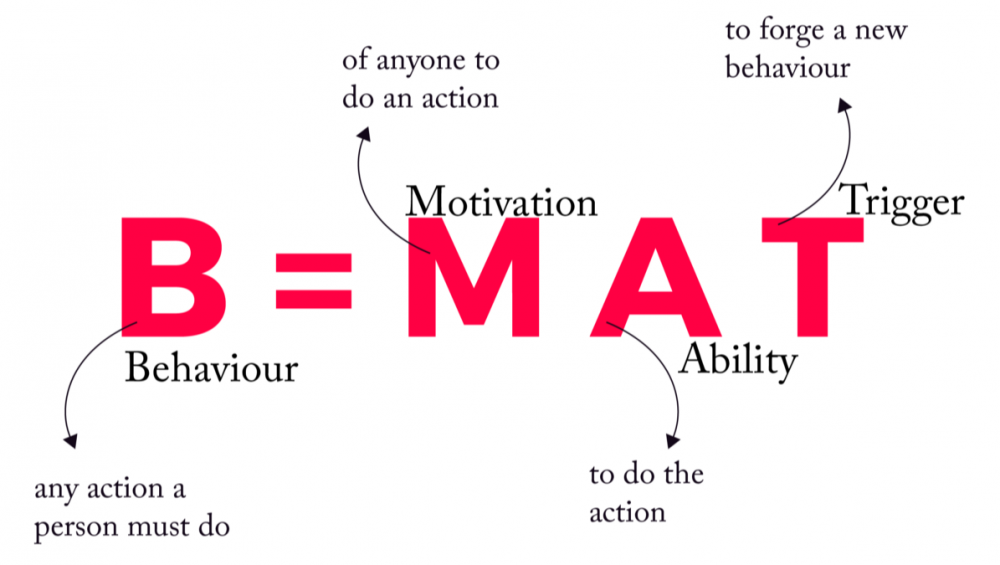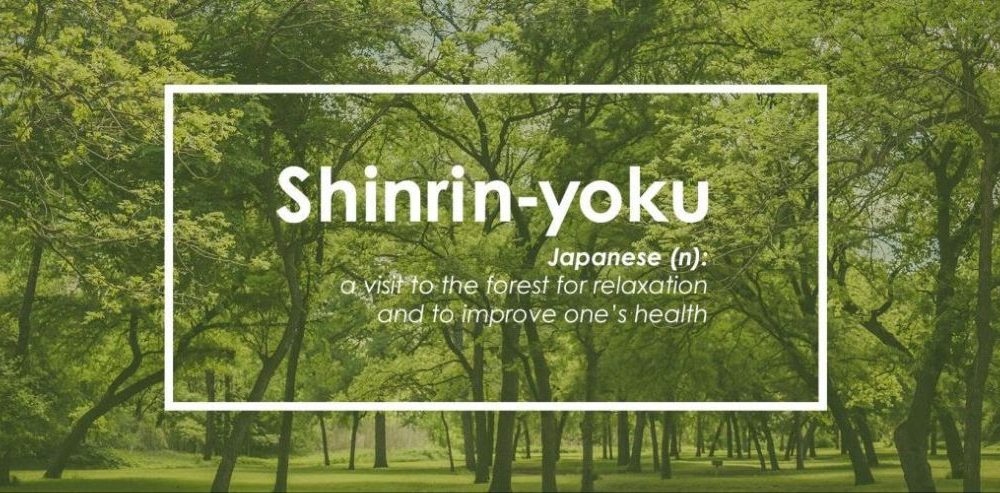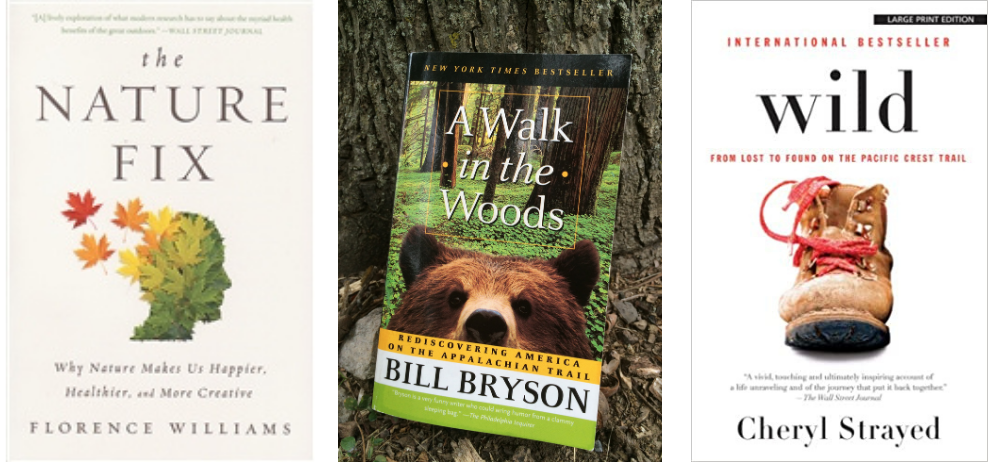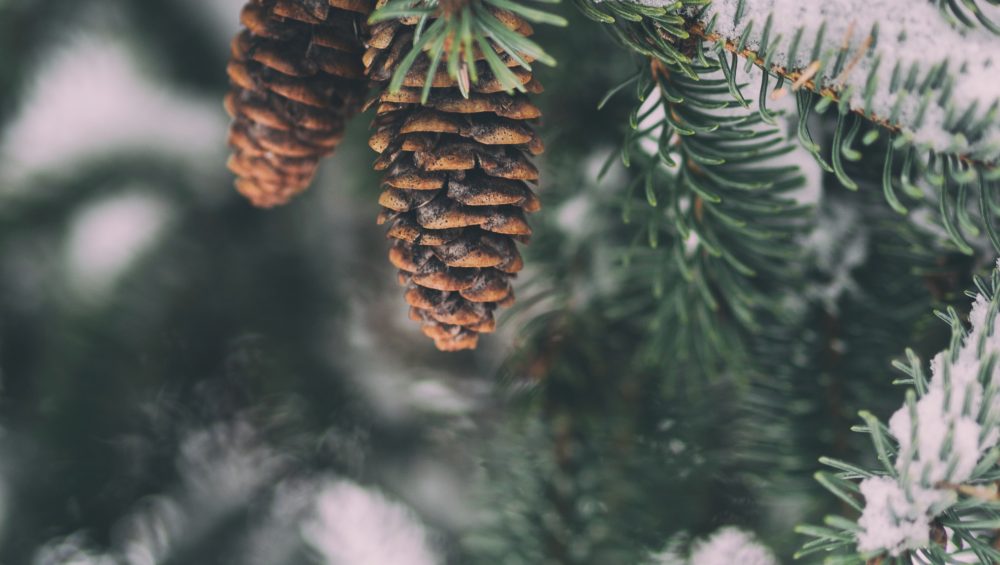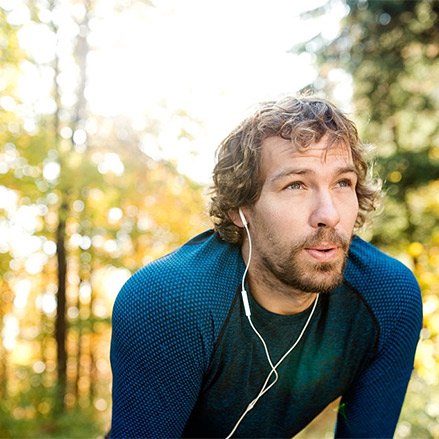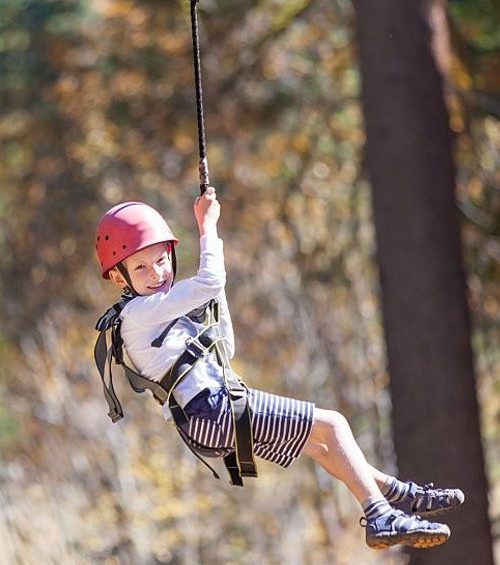Summer will be here before we know it! While this summer might look a little different than previous summers due to COVID-19, there are still many outdoor activity days ahead! You still need to follow the guide lines and regulations for COVID-19 like avoiding traveling when not necessary, washing your hands frequently, wearing a face-mask in public, and keeping 6 feet apart; however, there are still ways to social distance while enjoying the summer! Tennessee is absolutely beautiful and should be explored, so when you do, here are few things you should keep in mind when heading out!
Sun Protection. Sun Protection. SUN PROTECTION.
The summer usually brings people outdoors, so protecting your skin from sun damage is super important! Wear sunscreen and sunglasses folks. Cover up using lightweight, breathable clothing, stay in the shade, and plan around the sun as much as possible! Practice wearing at least 15 SPF sunscreen (shoot for 15-50+ SPF). It protects you from UV rays, prevents skin coloration and premature aging, and most importantly, reduces your chances of skin cancer (which is one of the most common cancers in the US). Just because you do not burn easily DOES NOT MEAN YOU ARE IMMUNE TO SUN DAMAGE. Everyone is at risk, so make sure to apply it every two hours when outdoors, especially on your kids! Don’t forget to put it on your ears and lips – they can burn too!
Staying Hydrated
Summer brings the heat and humidity, especially in Tennessee. Staying hydrated during this time is so important! Dehydration occurs when you lose more water than you take in. If you are thirsty, you are already dehydrated! Make sure to drink water BEFORE feeling thirsty, so keeping a bottle of water with you will help encourage you to drink regularly, especially if you’re out in the sun. Create a water drinking schedule if you think that will help or eat H2O packed foods like celery, cucumbers, tomatoes, watermelon, spinach, bell peppers, broccoli, strawberries, and grapefruit. Dehydration can lead to heat exhaustion or a heat stroke, so make sure to take it seriously!
Heat Exhaustion
Stay cool, heat exhaustion is no joke! This happens when your body is overheated and has lost an excessive amount of water and salt due to sweating. This is why it is important to stay hydrated, take breaks during physical activity outdoors, and make sure to not leave anyone (or your pets) in a car. If you see someone or an animal in a hot car, immediately call 911. When heat exhaustion occurs, the symptoms/signs typically will be feeling weak, nauseous, moist skin, muscle cramps, headache, and have a rapid heart rate. If this happens, the best thing to do is move the person into shade, give them water, and cool them down with damp cloths. If not treated, heat exhaustion can turn into a heat stroke, which would need immediate medical attention. When this occurs, the person will have a body temperature above 103 degrees, dry and flushed skin, confusion, rapid breathing, and convulsions/unresponsiveness. If you think someone is having a heat stroke, call 911, move them to cool place, and remove unnecessary clothing. Heat exhaustion can affect any and all ages so everyone needs to make sure to stay hydrated and cooled down in the hot summer sun.
Water Safety
Swimming during the summer is one of the best ways to have fun and cool off from the hot sun, whether it be a pool, lake, or river. Before going swimming, especially with children, you need to know about water safety. You and/or your children should learn water safety and swimming skills as soon as possible. If you have your own pool, it would be best to put up some safety precautions like having a fence around the pool, keeping flotation devices near the pool, install drain covers, and have proper “no diving” signage. If your child is swimming, make sure to keep your eye on them, EVEN if they know how to swim (lifeguards are not babysitters). You should never swim alone and also should not leave your child unattended while swimming, even if it is for a couple of minutes. Drownings can occur at any age, but the younger, the greater the risk. They are also usually quiet, unlike in movies where you hear yelling and splashing. Never dive in a shallow area or in an area that you are unsure of the depth. You should learn CPR and basic rescue skills just in case you are around when a drowning occurs. Taking the boat out is also a great way to enjoy the great outdoors. Each state has different rules and regulations when it comes to public waters so make sure to learn about boating safety and swimming around boats before you get out on the water! Children 12 years old and younger MUST wear a personal flotation device that is a U.S. Coast Guard approved Type I, II, III, or V life jacket while on the open deck of any boat and ALL vessels must have an approved life jacket for EVERY person on board, no matter the age. If you are swimming in natural water (ocean, river, etc.) and get caught in a current, you would need to stay calm and not fight it, just float with it or swim parallel to shore. Having fun in water can be one of the best experiences, but even the best swimmer can make a mistake, so knowing some water safety skills is imperative!
Bites and Stings
No one is a fan of being stung or bit by an insect, so what do you need to watch out for if you do? Mosquito bites themselves do not particularly hurt; however, mosquitoes can carry and spread the Zika virus and West Nile virus to other people through biting. Ticks also can pass along Lyme Disease, Rocky Mountain Spotted Fever, and the Alpha-gal red meat allergy. Specifically, the red meat allergy comes from the bite of a Lone Star tick which has a white dot on its back. This does NOT mean that you will contract these diseases from every mosquito or tick bite, but it is something that you should be aware of and watch for if you or your family member does get bit. Make sure to check yourself for ticks after exploring the outdoors. If you do find a tick on yourself or family member, use tweezers to take the tick off. When going outdoors, make sure to wear an insect repellent (preferably one that contains DEET). Wear light colored clothing, long sleeved shirts, or long pants when possible. Avoid walking barefoot; this makes it easy for ticks to crawl on you or for you to get stung by a bee or wasp. If you do happen to get stung, remove the stinger using gauze to wipe over the area or by scraping a fingernail over the area, wash the the area with soap and water, and put an ice-pack on the area if it begins to swell. If know you are allergic to a bee or wasp, be prepared and carry an EpiPen (Epinephrine auto injector). If someone allergic around you does get stung, immediately call 911, administer the EpiPen if available, be prepared to give CPR if necessary while waiting for EMS.
The summer is one of the best seasons, especially for the kids on summer break! Have fun and explore the great outdoors while staying safe!

